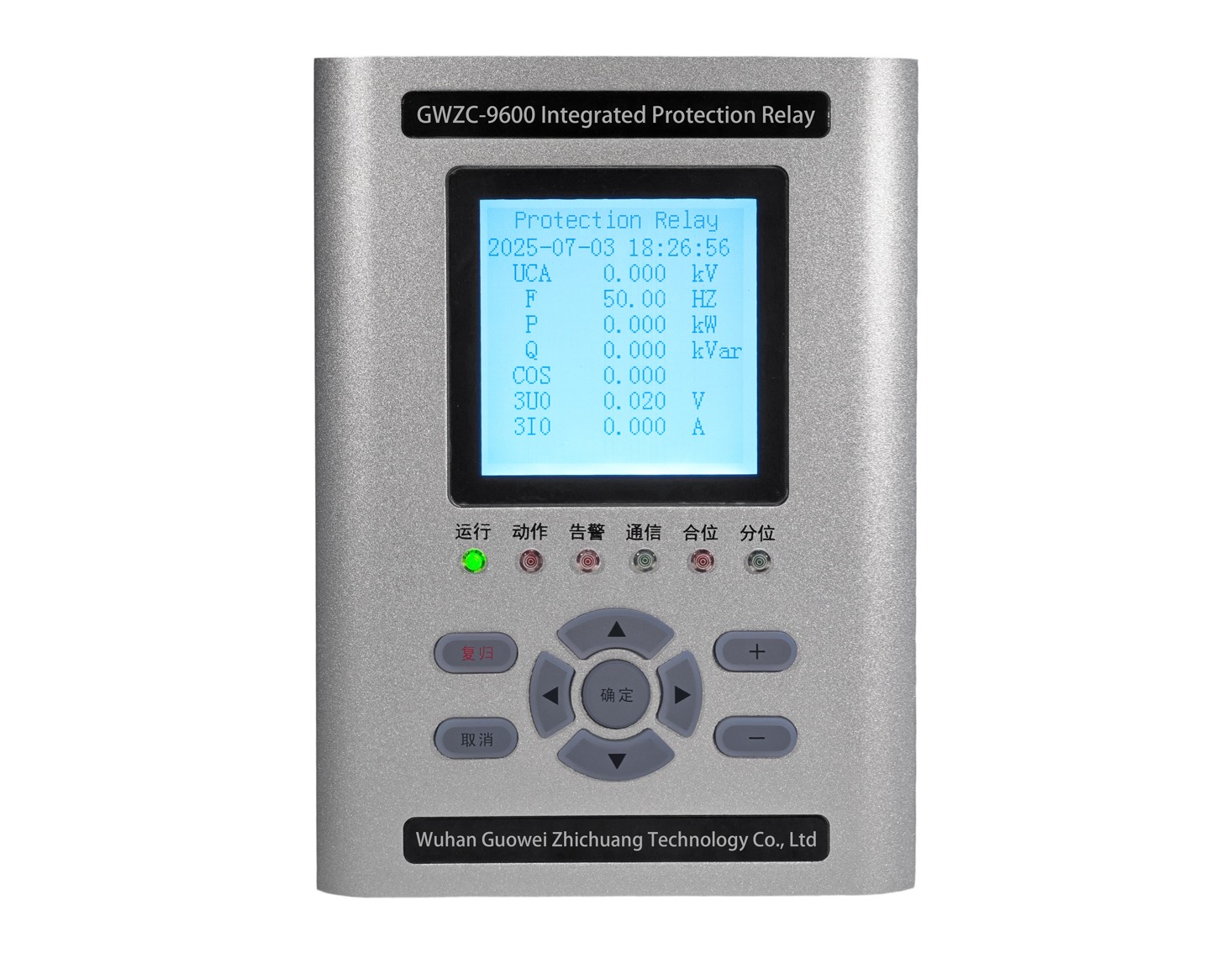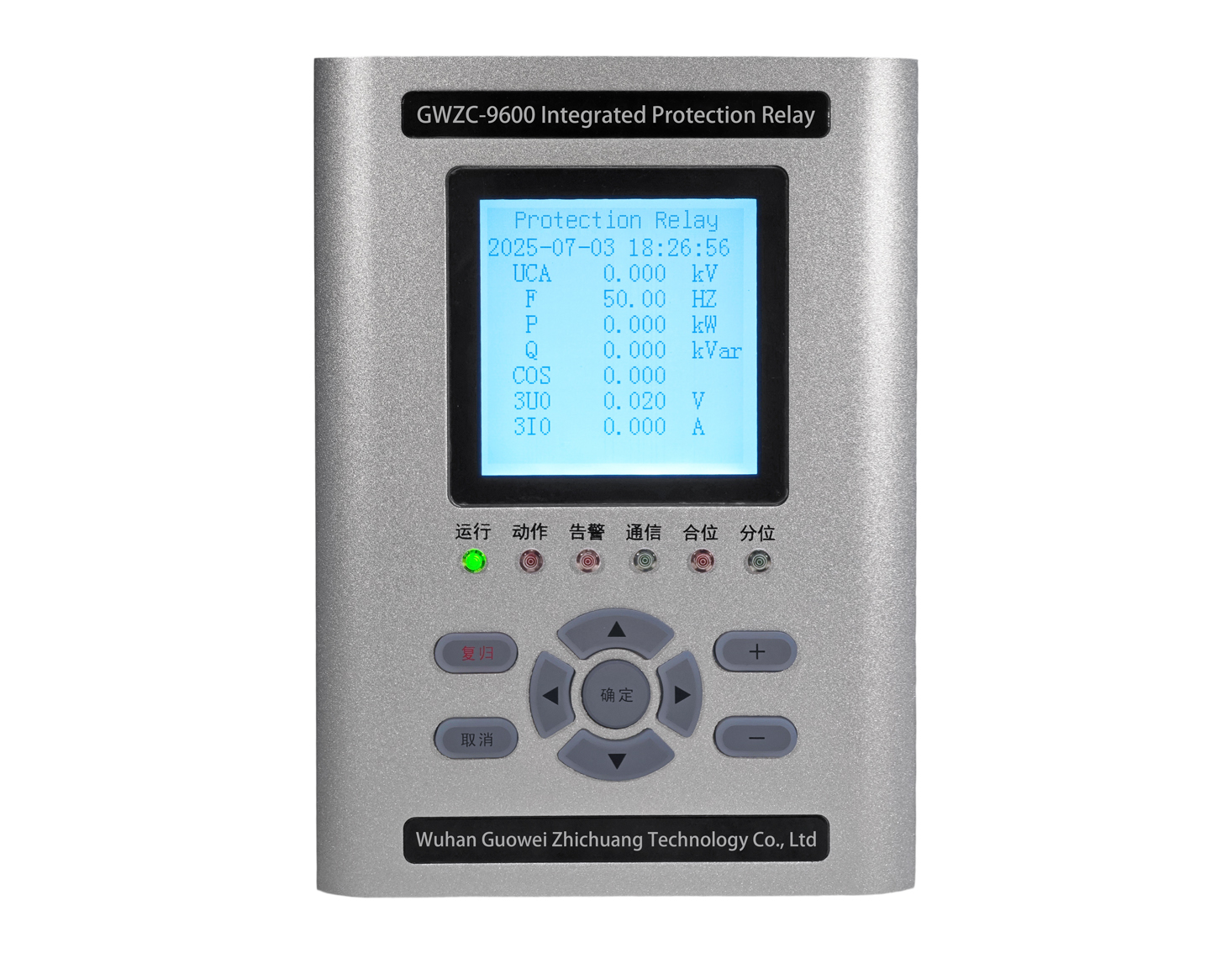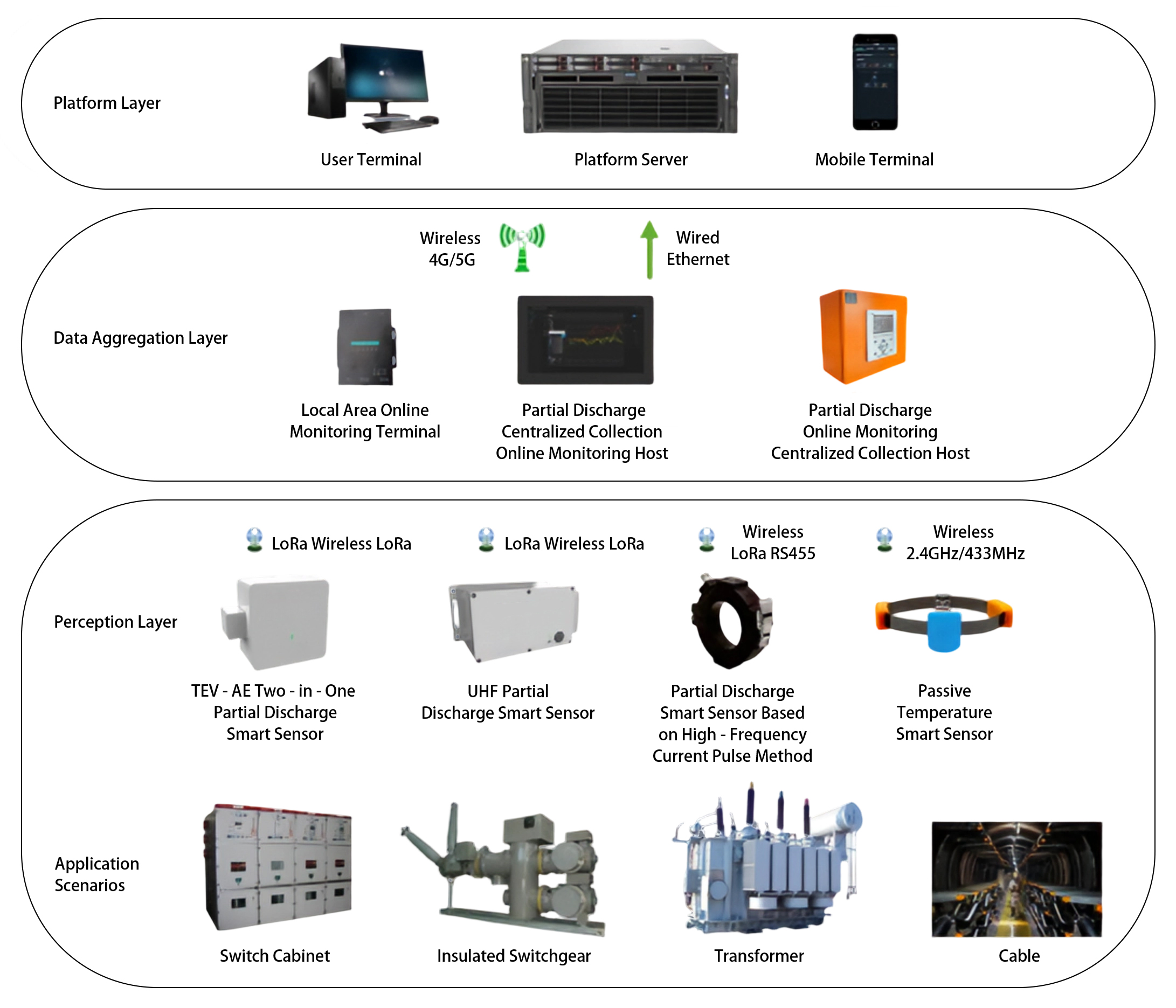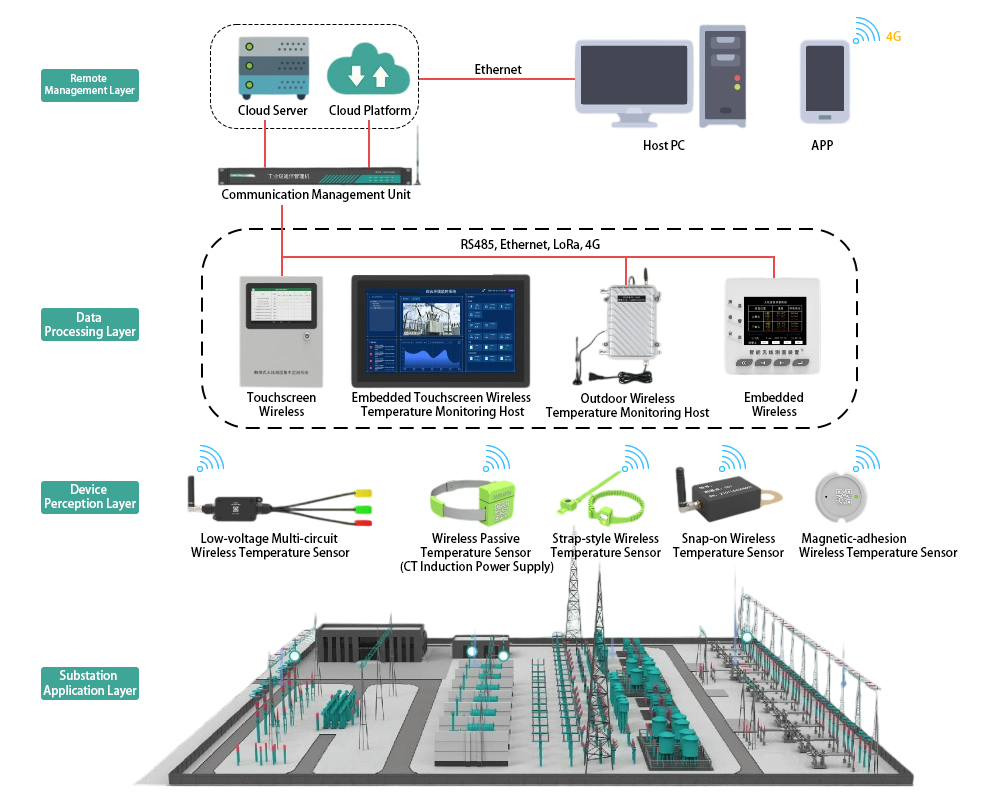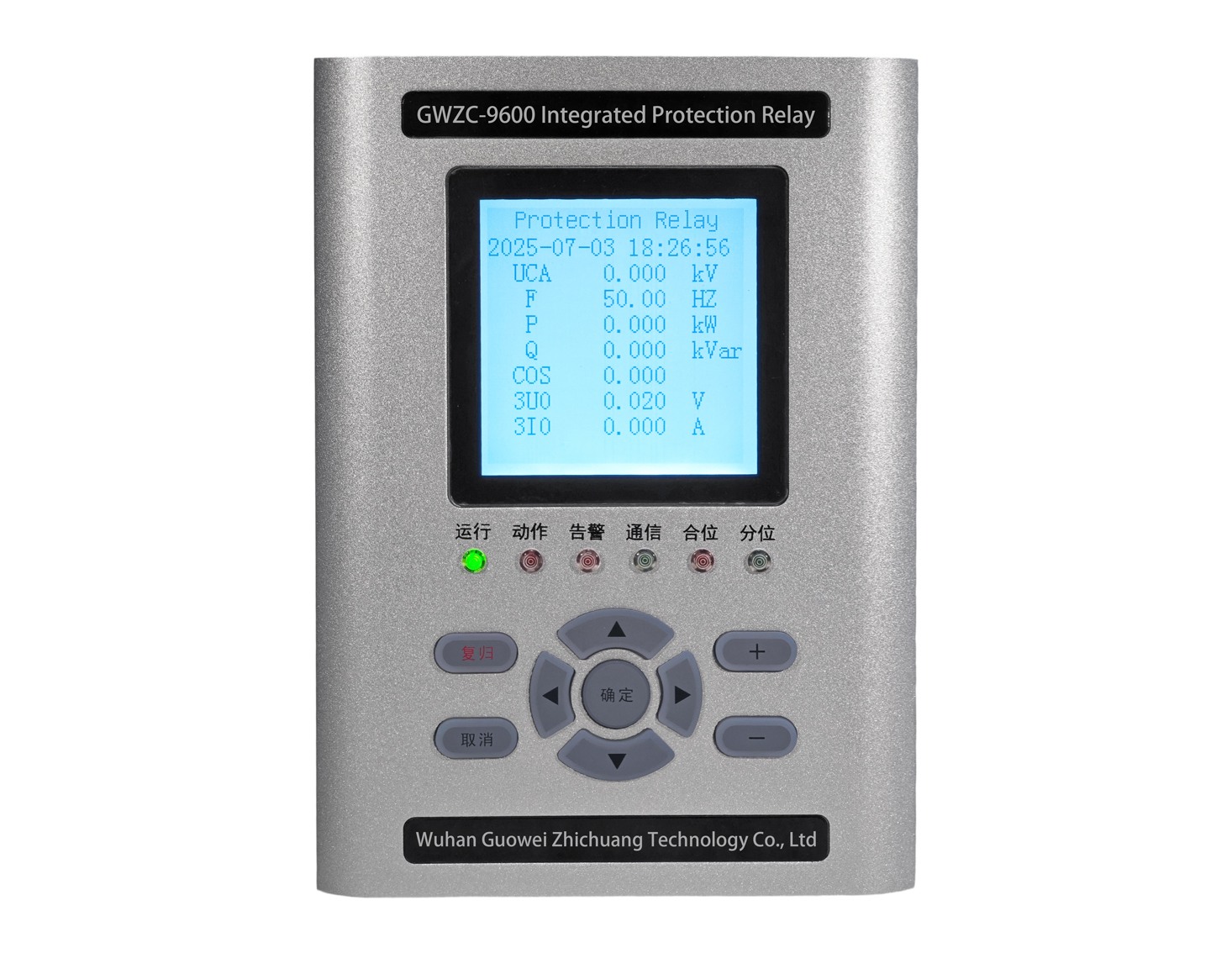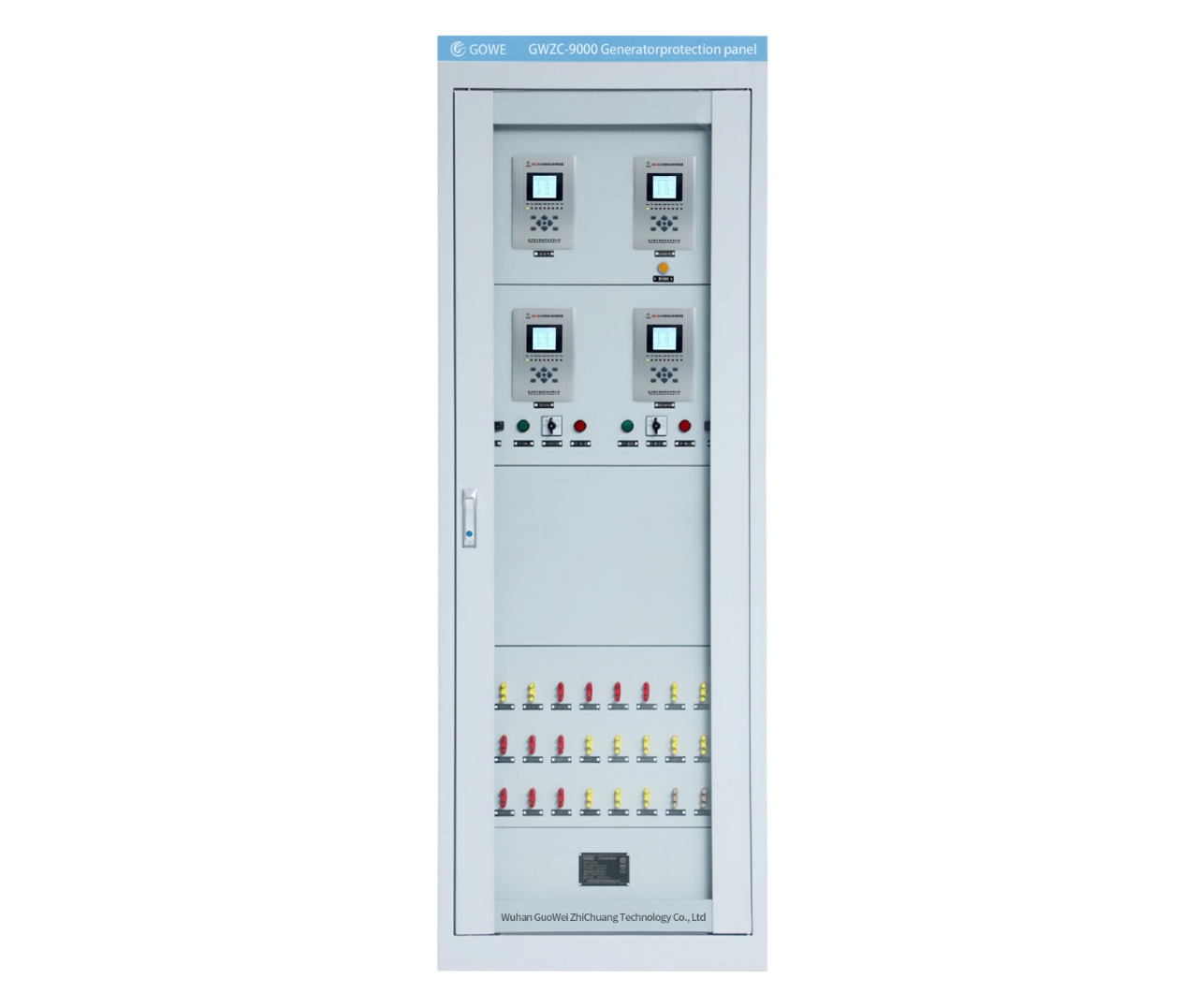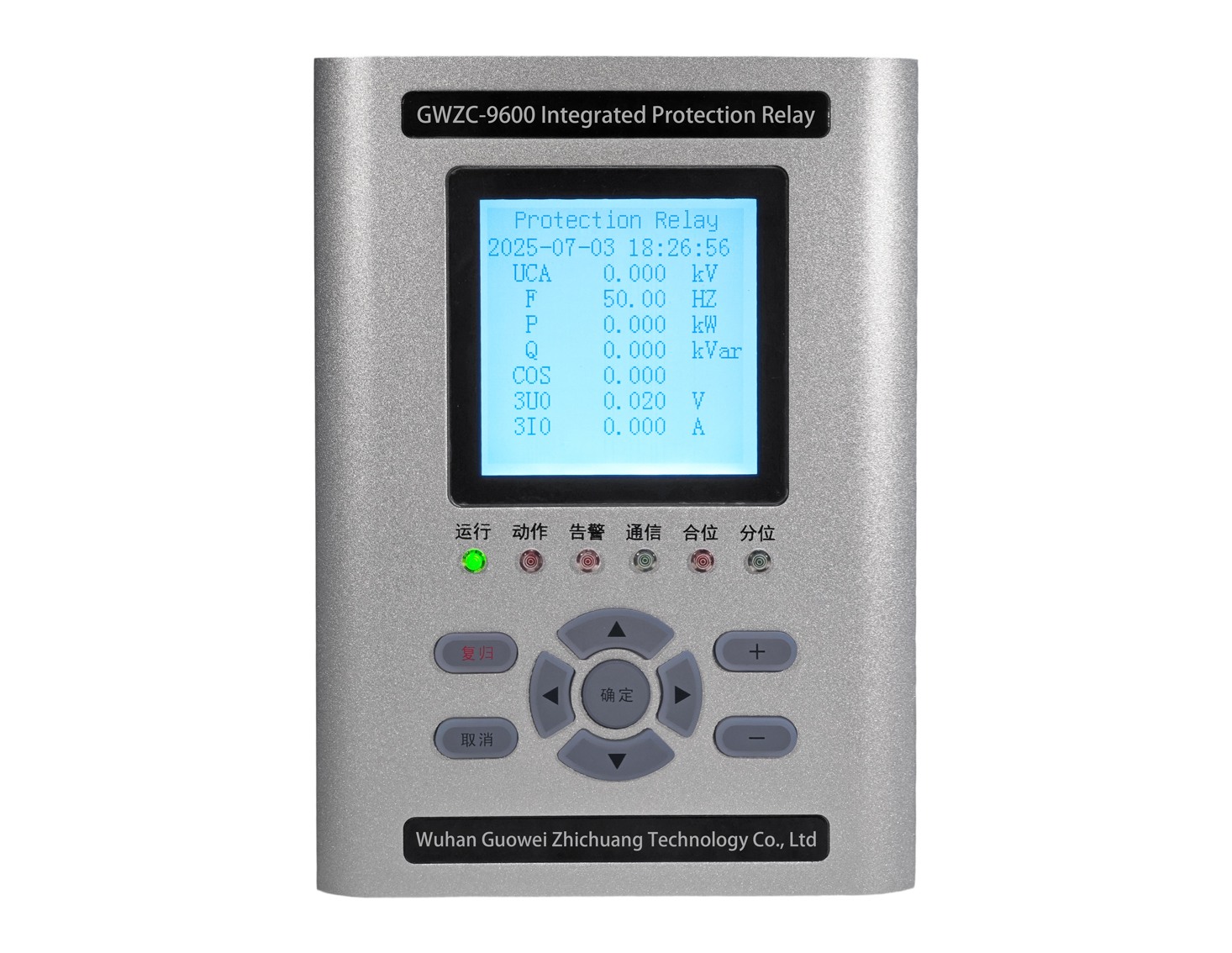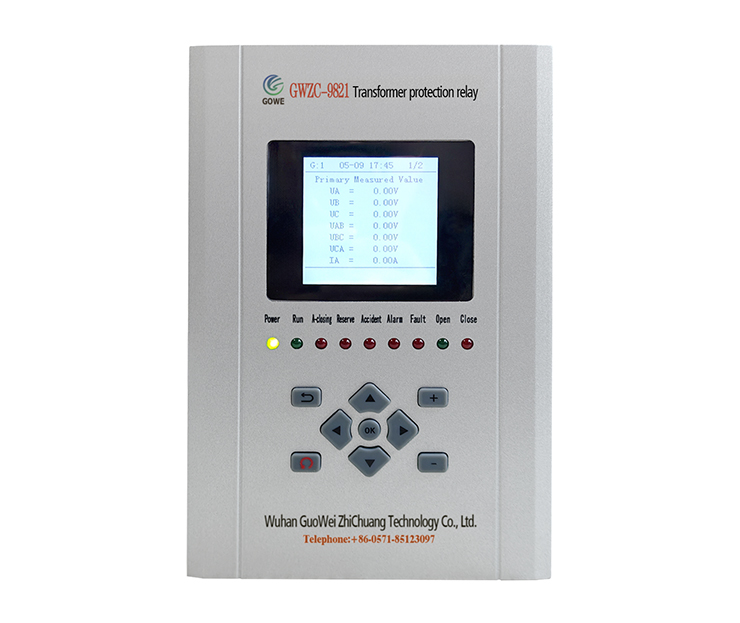
Essentials of Ring-Closing: Seamless Load Switching in Loop Networks
In electrical power systems, a ring-closing operation refers to the controlled closure of a normally open switch or breaker within a closed-loop network topology. Unlike interconnecting independent grids (synchronization), this technique operates exclusively within a single, strongly coupled system—such as feeders from the same substation or tightly bonded grid sections.
Its primary purpose is to enable seamless load transfer during maintenance, fault recovery, or network reconfiguration without interrupting supply. For example, closing a tie switch between two parallel 10kV lines allows shifting loads from Line A (to be de-energized) to Line B. Critical technical prerequisites include validating negligible voltage difference (ΔU <5%), phase angle alignment (<5°), and pre-calculation of induced circulating currents to ensure thermal/mechanical safety. Modern grids use dedicated protection schemes and IoT sensors for real-time monitoring.
While distinct from high-risk synchronization (parallel operation) between asynchronous systems, improper ring-closing can still cause Protection relay maloperation or equipment stress. Thus, utilities mandate rigorous simulation studies and standardized switching protocols under N-1 contingency criteria.
1. Ring-Closing Operation:Definition & Context
A ring-closing operation involves closing a disconnection point (e.g., switch, circuit breaker) in an electrically closed-loop network fed by a single power source or tightly coupled sources. This converts radial feeders into parallel paths, redistributing loads while maintaining grid integrity.
2.Ring-Closing Operation: Operational Workflow
Pre-Condition Checks:
Action Sequence:
Safety Mechanisms:
3.Ring-Closing Operation: Applications
4. Ring-Closing Operation:Technical Challenges
5. Ring-Closing Operation:Comparison with Parallel Operation

6. Ring-Closing Operation:Safety Protocols
7. Ring-Closing Operation:Industry Use Cases
